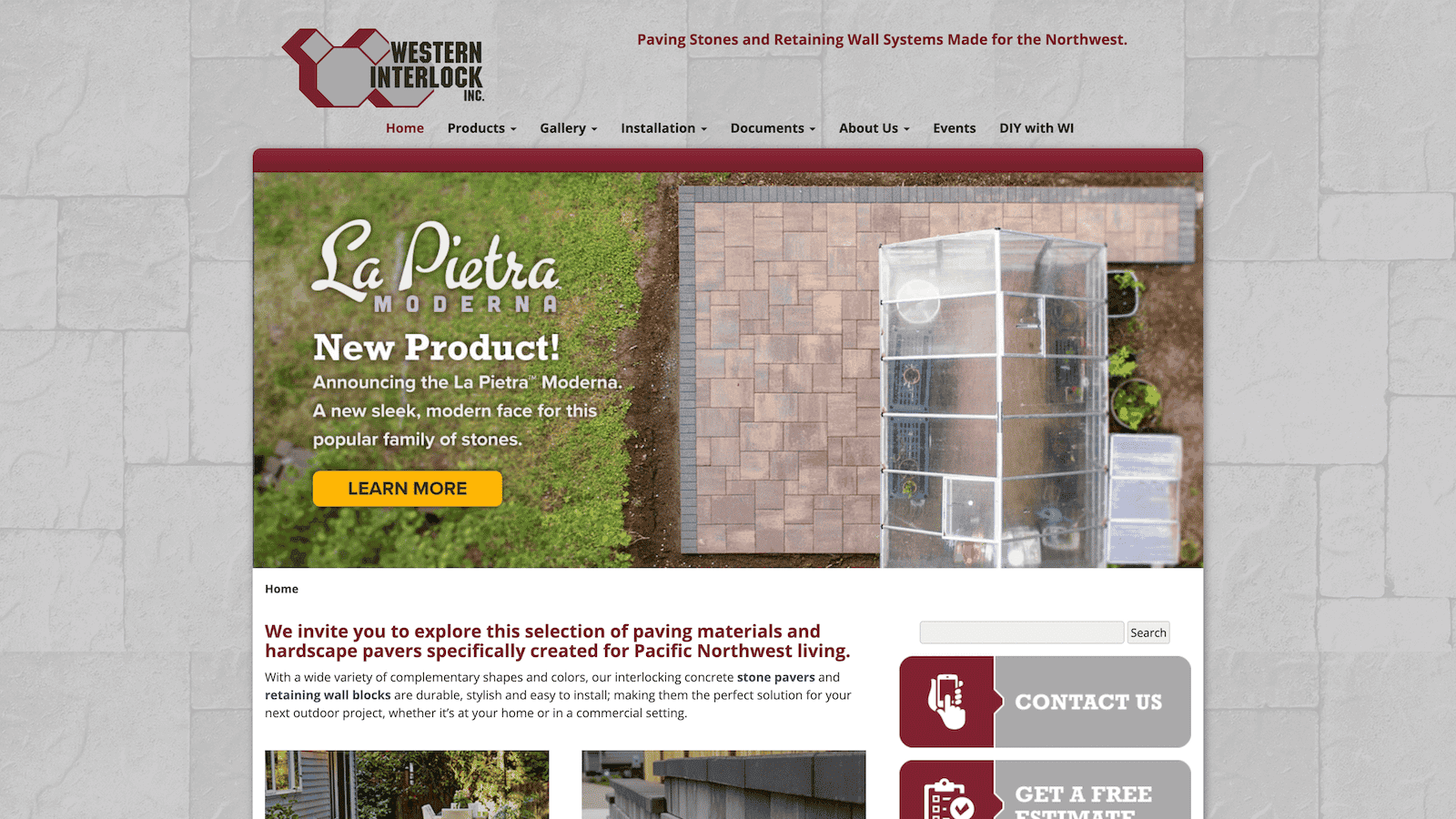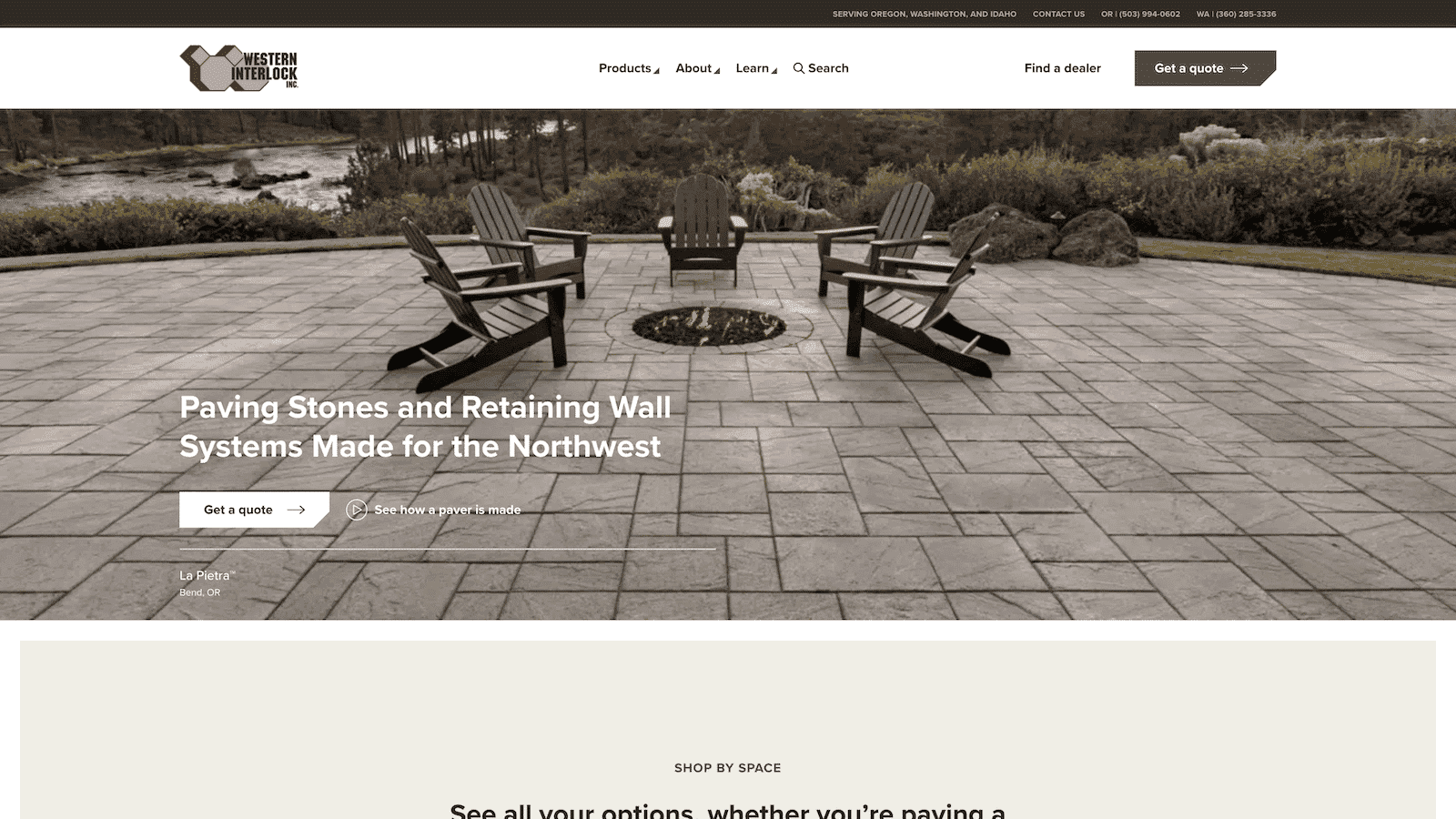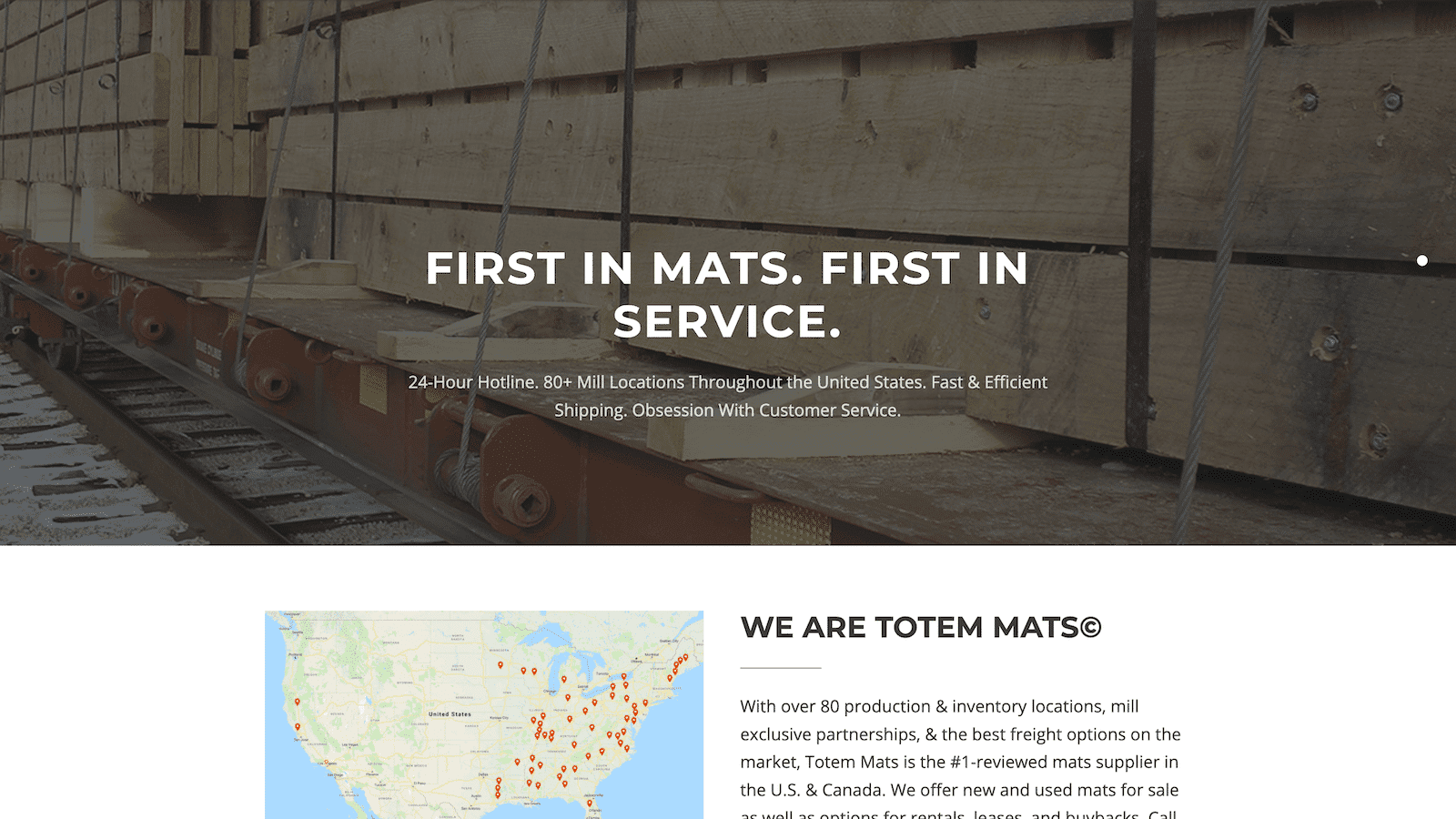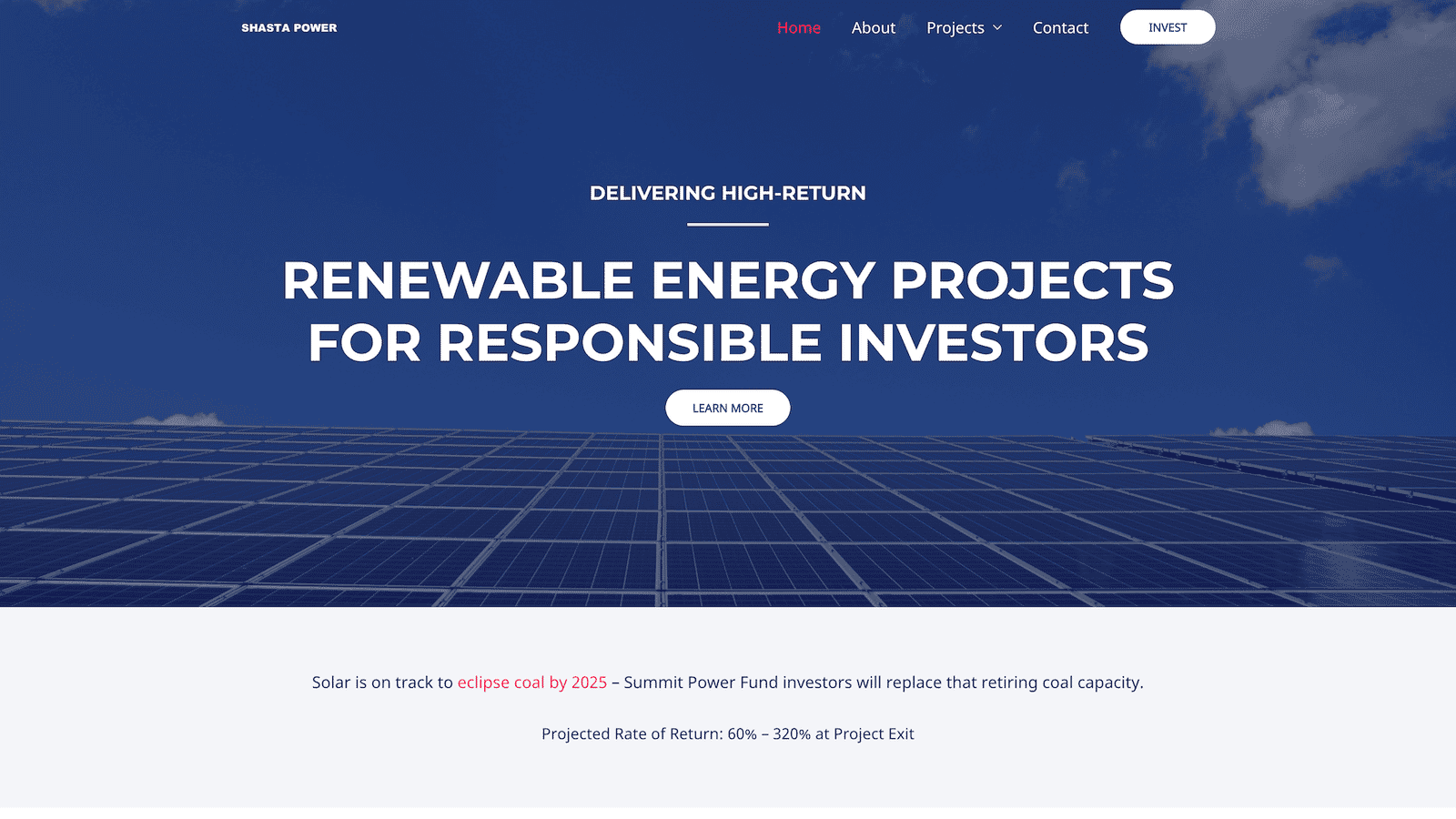You’re here because you want your next website to launch without a hitch. Good news, you’ve come to the right place! We have the perfect website launch plan for you.
Launching a website is a big deal. I’m sure you know that already.
You also understand that it’s your company’s most visible asset and is where most customers will connect with you.
Your website is more than a brochure, a billboard, or a logo. It’s what we call the “flywheel” that digitally connects the company and moves it forward.
Unfortunately, the problem you’re likely facing is that websites are complex. And yours is no exception.
If you’re building a new website, you must ensure you’ve covered your bases. If you’re redesigning a website, you probably have a few additional things you’re already concerned about, like traffic, SEO rankings, brand reputation, conversion rates, and more.
You know that during your website project, many things could go wrong. It’s true, and research backs it up. 80% of website launches fail, and these failed launches cost an average of $55,000 plus an additional $115,000 over the next 12 months to fix.
If you follow this website launch plan, that won’t happen to you.
Get a FREE Customized Digital Growth Plan
Take our 10-minute Digital Maturity Assessment and receive a FREE, personalized digital growth score that uncovers gaps and drives your business forward.
Why you’ll love this website launch plan
Most website launch plan how-to’s, guides, and checklists are written for designers or developers.
They’re not actionable enough, and they get too deep into the weeds regarding technical items that you, as the marketing manager or business leader, aren’t thinking about… nor want to think about.

This guide was written with leaders in mind so that you could plan and manage a successful website launch, ensuring that you don’t miss any vital pieces along the way.
Keep reading to learn how to launch smoothly and accomplish your team’s goals.
It’s worth noting that this guide is non-technical, and everything is explained in plain English. So don’t worry if you are unfamiliar with domains, hosting, CMS, etc. I’ve included clear, strategic guidance for every step along the way.
7 website launch best practices for marketing and business leaders
Launching a website is a pivotal moment for your business. As a marketing or business leader, you understand its unique challenges.
To help you navigate this crucial process, let’s delve into seven best practices tailored to your needs.
By implementing these best practices, you’re well on your way to a successful website launch. Every step you take, from meticulous planning to post-launch management, plays a pivotal role in shaping your online presence and achieving your business objectives.
1. Slow down and take time to make a plan
Before you rush into the website launch, it’s essential to pause and create a comprehensive plan.
As a leader, you understand the significance of setting clear objectives and strategies. A well-structured plan, like the one you’re about to create, sets the stage for a successful launch.
2. Focus on how it works, not just how it looks
If you haven’t already, you must recognize that aesthetics alone won’t guarantee the success of your website.
Ensure that the website’s functionality is seamless. Prioritize the user experience (UX) by considering how visitors will interact with your site. User-centric design goes beyond vision into function, leading to higher satisfaction and conversion rates.
3. Build a team of technical experts
You can’t build your website alone.
Building a website requires technical expertise, which is why, as a leader, assembling the right team is crucial. Consider hiring skilled developers, designers, and digital marketing specialists to ensure your website is robust, secure, and high-performing.
4. Invite your target audience to test your website
Engaging your target audience in testing is a strategic move to get honest user feedback.
Before the official launch, involve a select group from your audience to uncover hidden or overlooked issues, ensuring that your website meets their expectations.
5. Keep an easy-to-access backup of your current site
When your new website goes live, you’ll realize that your customers aren’t the only ones who have to learn a new layout.
That’s why you’ll love having a readily accessible backup of your current website to reference.
This precautionary step ensures you can find the information or regularly reference—and quickly revert to the previous version if unforeseen issues arise during the launch.
6. Line up post-launch support
In the same way, a marriage is much more than a wedding; it’s essential to plan beyond launch.
Retain your team long enough, or bring in some extra support for the week or two after launch to monitor website performance and address unforeseen problems (God forbid there are any!).
Have a dedicated support plan in place to handle these post-launch responsibilities effectively. Your proactive approach ensures a smoother transition and ongoing success.
7. Outsource website management
Recognizing your time is valuable, consider outsourcing website management after the launch.
Delegate security updates, content updates, and performance optimization tasks to experts who can handle these technical aspects efficiently.
This decision will save you 2-3 hours per week and allow you to focus on your core business objectives while experts manage the intricacies of website maintenance.
Get a FREE Customized Digital Growth Plan
Take our 10-minute Digital Maturity Assessment and receive a FREE, personalized digital growth score that uncovers gaps and drives your business forward.
5 stages of a successful website launch plan
As a marketing or business leader, you’re acutely aware that the success of a website launch hinges on addressing specific challenges. Let’s dive into the five stages of a successful website launch plan to assist you in this endeavor.
Each stage builds on the previous stage to accomplish your plan.

1. Define – Plan a website strategy
The first step to creating a successful website launch plan is defining a website strategy that aligns with your unique business goals and objectives.
Consider your target audience, market trends, and the competitive landscape. Doing so will create a roadmap tailored to your needs, setting the stage for a successful launch.
At the core, your website strategy should include the following information:
- Basic company information
- Who is on your team
- The vision for your website
- A competitive analysis
- Brand documentation
- Your buyer’s journey
- A sitemap of your pages
- Content plans for each page
- Technology requirements
- Website build budget
At Structure, all website projects start with a strategy. Our clients can bring an existing strategy to the table for us to implement or work together on a strategy in our Website Workshops.
In the Website Workshops, we walk our clients through a detailed worksheet for each of the 10 pieces of information listed above so they hit the ground running. It’s incredible how much confidence a documented Website Plan can give your team.
2. Design – Mockup your website for all devices
Putting yourself in your audience’s shoes is crucial in the design stage.
Craft mockups of your website that cater to all devices, ensuring a seamless user experience for your visitors. Consider the challenges and preferences of your target market and design with them in mind: this user-centric approach, which you’re adopting, results in a visually appealing and functional website.
Depending on your budget, you’ll want to hire a freelance designer or a web design agency like Structure to help with this step. The goal is to lay out a design that follows your Website Strategy.
3. Develop – Build your website pages and functionality
When developing your website, you’ll build the site to match the designs completed in the previous step.
Furthermore, this is where you ensure your website functions seamlessly to meet your goals, technology, and users’ needs documented in the Website Plan. You’ll have a website that works harmoniously with your business goals if you can accomplish these things.
Like Step 2: Design, you’ll also want to hire a freelance designer or a web design agency here. Depending on your website plan, website development can get pretty complicated, no matter what industry you serve or your business type.
4. Manage – Ensure your website runs smoothly
The post-launch phase requires vigilant management.
As a leader, you understand the importance of a smoothly running website. Devote resources to ongoing maintenance, security updates, and performance optimization.
Establish processes that address the issues you’re concerned about, ensuring your website meets your high standards consistently.
Specifically, you’ll want to have a system to cover your bases:
- Daily site backups
- Weekly testing of forms and conversion funnels
- Monthly plugin and software updates
- Performance reporting and monitoring
- Quarterly review of website content for accuracy
- Test device and browser compatibility
- Review and optimize the UX
- Annual performance optimization
- Annual technical SEO optimization
5. Grow – Drive traffic, leads, and sales
Ultimately, the success of your website launch is measured by its ability to drive traffic, leads, and sales.
But you can’t do that if your website doesn’t work. In this last stage, you’ll implement marketing campaigns that resonate with your target audience.
Then, you’ll continuously refine your approach based on your unique challenges and opportunities. The growth phase is where your website fulfills its potential.
Get a FREE Customized Digital Growth Plan
Take our 10-minute Digital Maturity Assessment and receive a FREE, personalized digital growth score that uncovers gaps and drives your business forward.
Follow this checklist when you launch your website
When it comes to the actual launch of your website, pressure can build.
The worst thing to do is get there and need help figuring out what to do with yourself. That’s why we put together this no-nonsense website launch checklist—so you know exactly what actions you need to take to direct and manage your team.

It’s not exhaustive; we did that intentionally so you could focus on the essentials. The checklist comprises two launch phases: pre-launch and post-launch. It starts when you’re ready to launch your new website and ends after you’ve verified the site works as intended.
Pre-launch website checklist
- Make sure the text is accurate and error-free
- Replace all placeholder images with final images and designs
- Check that all styling preferences have been implemented
- Ensure that rights to images, fonts, and other content have been appropriately licensed or cited
- Test the site on desktop, mobile, and tablet devices
- Test the site on Chrome, Safari, and Firefox browsers
- Test all forms, entries, checkout processes, and integrations thoroughly
- Create an easy-to-access backup of your website
- Ensure regular backups are scheduled
- Pause marketing communications and digital ads
Post-launch website checklist
- Visit your URL
- Ensure your website Privacy Settings allow search engine indexing
- Search and Replace DEV or STG URLs with new PRD URLs
- Run a Technical SEO site audit to quickly identify any significant issues preventing customers from accessing your site
- Make sure the text is accurate and error-free
- Check that all styling preferences have migrated correctly
- Test the site on desktop, mobile, and tablet devices
- Test the site on Chrome, Safari, and Firefox browsers
- Test all forms, entries, checkout processes, and integrations thoroughly
- Make sure all links work correctly
- Resume marketing communications and digital ads
Successful website launch examples from Structure
The proof is in the pudding. This website launch plan has worked for hundreds of Structure web design clients and will work for you, too. While every website is different, the process is the same.
1. Western Interlock
The Western Interlock website needed a new look to align with its brand and accommodate high-traffic DIY blog content while ensuring easy navigation.
The solution involved a brand refresh and a streamlined information architecture for user-friendly navigation.
The outcome is a visually appealing and fast website optimized for mobile and engagement. Shortly after launch, estimate requests and traffic more than doubled, making it a successful transformation. Specifically, a 65% increase in users and a 2.9% decreased bounce rate.


They are the only vendor that I’ve ever met that gets down and dirty to make sure work gets done well and on time.
NATHAN, DIRECTOR OF MARKETING
2. Totem Mats
Totem Mats faced the challenge of an outdated and underperforming website that needed redesigning and additional features without losing organic search traction. They also required lead integration with Salesforce.
The solution involved a complete website overhaul, including visual enhancements, product page restructuring, and performance optimization.
The result was a seamless website launch with no traffic losses, a 69% increase in SEO traffic, improved lead generation, streamlined business processes, and increased confidence in the website’s appearance and functionality.


Their continued efforts on everything we threw and their abilities to overcome challenging problems were incredible.
Trevor Sarazin, CEO
3. Shasta Power
Shasta Power faced the challenge of needing a professional website but encountering design firms that didn’t consider their unique business needs.
The solution involved a comprehensive website process, starting with understanding goals, then a brand refresh, and creating a custom, responsive WordPress website with integrated business systems.
The results were impressive, with a significant increase in awareness metrics, including a 600% rise in new followers and a 200% increase in site visitors. Despite a tight timeline, the brand’s quality was maintained, showcasing the project’s success.


I get a sense of honesty and quality from them; they take their work seriously.
MAX, co-FOUNDER
Pro tools and resources for developing a website launch plan
Developing a comprehensive website launch plan requires access to various tools and resources. Here are some valuable tools and resources we use regularly and will assist you in creating a successful website launch plan.
1. Free website planning guide PDF
If you haven’t yet, download our free Website Design Planner to streamline your web design planning process and ensure a clear roadmap for your project.
Most website planners are just dressed-up spreadsheets that are boring and analytical. The Structure Website Planner is fun and helps you organize your goals and tasks to ensure you create your desired website.
2. Virtual website workshop
Register for your team’s private on-site (or virtual) website strategy workshop.
In our fun and productive workshop with Structure, you’ll get coaching, feedback, and plans from website experts so you know you’re doing it right.
3. Slickplan website planning tool
If you’re semi-technical and detailed regarding digital strategy, Slickplan offers a low-cost digital website planning tool that covers much of the in-the-weeds planning.
It’s a great tool to complement the Structure Website Planning Guide PDF if you’re doing it yourself.
4. Structure web design, development, and management services
If you’re not looking to do any work yourself but are just looking to hand the website project off to a team of experts, that’s okay!
Structure can manage and complete the entire website launch planning and implementation process from start to finish.
We’ve streamlined the sub-standard web design experience you get from most local agencies, so you’re in safe hands.
5. WordPress & WP Engine
If you’re looking for a fail-proof CMS + Host combo, go no further than WordPress and WP Engine.
They’re industry-leading platforms that are the ones to beat. Being the most familiar platform + managed hosting, you will make your work easier regarding website launch plan implementation.
Common questions about creating the perfect website launch plan
How do you announce a new website launch?
When launching a new website, think of it like a food product label update in the grocery store.
Customers care if it still meets their needs, not just the look. So, introduce your website as an improvement for them, not just a design change. And just like the food label, skip shouting it on external channels; instead, focus on welcoming users with a video or announcement bar on your site.
What are the steps to launch a website?
The steps to launching a website, from beginning to end, are:
- Define your goals
- Design your pages
- Develop your CMS
- Manage your website
- Grow your business
For more detailed information, scroll back to the 5 Stages of a Successful Website Launch Plan section.
How do I launch and promote my website?
If you’re launching a new or redesigned website and need to promote it, here are the three next steps:
- Write blog articles about your product or service
- Run Paid Search ads to help people find you right away
- Create a free offer to generate leads and provide value to your customers
What is the best day of the week to launch a website?
Your buyer’s needs in this area are unpredictable. However, website launch timing matters for your business.
For that reason, Tuesday is ideal.
Mondays are for final preparations, and launching after Thursday risks a weekend workload. Tuesday offers a buffer with Wednesday and sets you up for a smooth week ahead.
How long should it take to launch a website?
3-6 months, on average. Most simple websites launch within three months, and websites with a standard level of complexity launch within six months.
However, as you know, websites are complex. Therefore, there’s no definitive way to pinpoint a boilerplate website launch timeline. At Structure, we’ve launched websites in as little as 30 days and as long as two years. It all depends on the complexity, team, goals, and budget.

